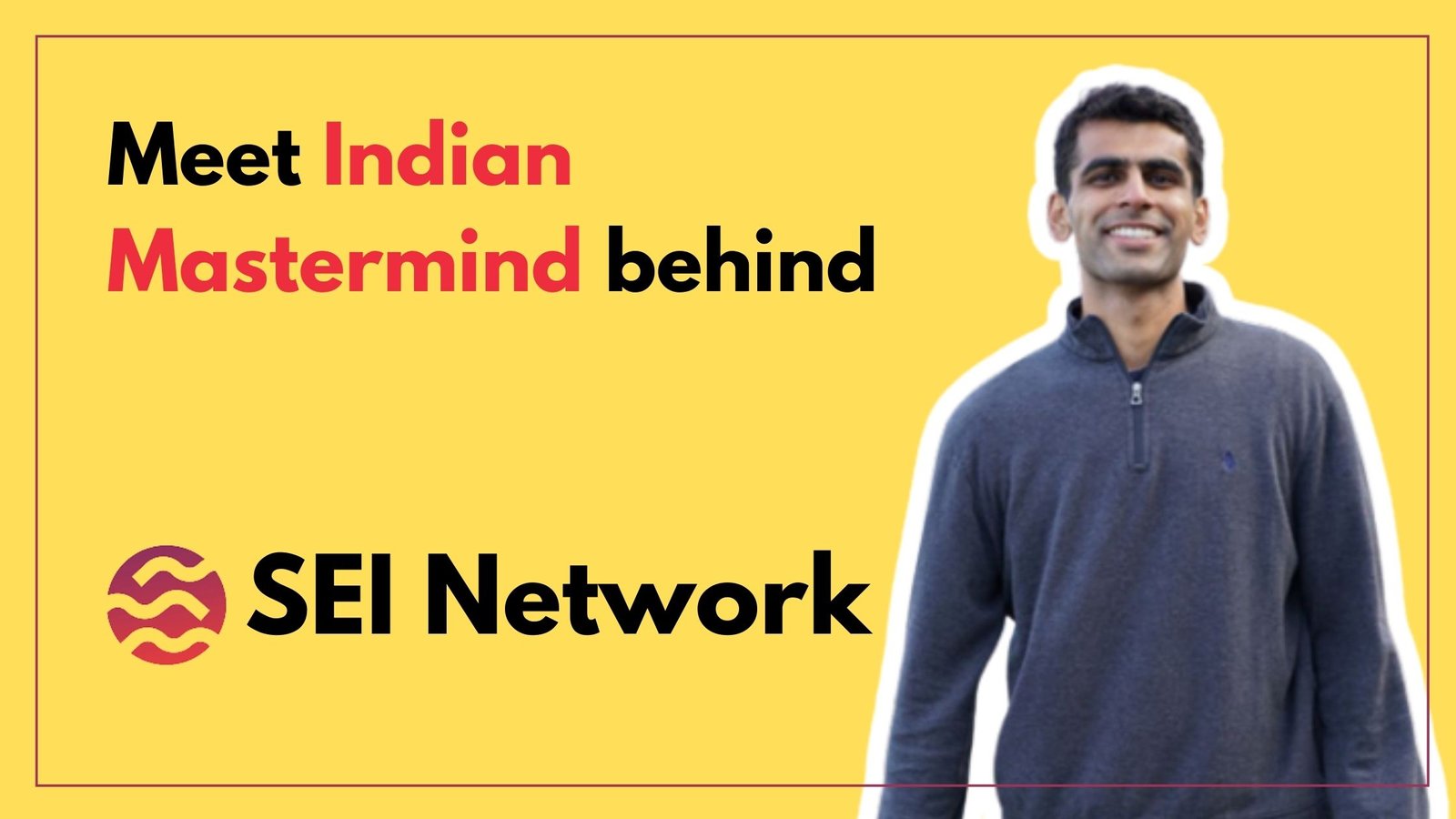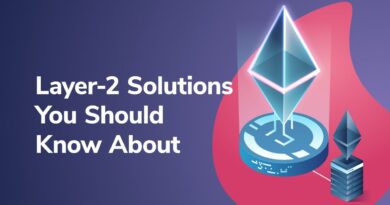What Are AI-Powered Smart Contracts and How Do They Work in 2025
Discover AI-powered smart contracts in 2025, transforming DeFi, insurance, and supply chains. Learn how Fetch.ai, Chainlink, and Yearn leverage AI on blockchain for efficiency and transparency.
Introduction
Smart contracts, self-executing agreements on blockchain networks, have revolutionized industries by automating trustless transactions. In 2025, the integration of artificial intelligence (AI) into smart contracts is unlocking new levels of efficiency, adaptability, and intelligence. AI-powered smart contracts combine blockchain’s immutability with AI’s predictive and decision-making capabilities, enabling dynamic applications in DeFi, supply chains, and more. This article explores what AI-powered smart contracts are, how they work, their benefits, and their impact on the crypto ecosystem.
What Are AI-Powered Smart Contracts?
AI-powered smart contracts are blockchain-based agreements enhanced with artificial intelligence to process data, make decisions, and adapt to real-world conditions. Unlike traditional smart contracts, which follow predefined rules (e.g., “if X, then Y”), AI-powered contracts leverage machine learning (ML), natural language processing (NLP), or predictive analytics to handle complex scenarios, optimize outcomes, and respond dynamically.
Example: A DeFi lending contract uses AI to adjust interest rates based on real-time market volatility, ensuring optimal yields while minimizing risk, all executed transparently on Ethereum.
Key Features:
- Data-Driven Decisions: AI analyzes on-chain and off-chain data via oracles (e.g., Chainlink).
- Adaptability: Contracts adjust terms based on external inputs, like price feeds or weather data.
- Automation: Eliminates manual intervention, reducing costs and errors.
- Transparency: Blockchain ensures all actions are immutable and auditable.
How AI-Powered Smart Contracts Work
AI-powered smart contracts operate through a combination of blockchain infrastructure, AI algorithms, and external data feeds. Here’s the process:
- Smart Contract Deployment:
- Data Integration:
- Oracles (e.g., Chainlink, Band Protocol) feed real-time data (market prices, weather, IoT sensor readings) into the contract.
- Decentralized Storage: Data may be stored on IPFS or Arweave for integrity and accessibility.
- Example: A supply chain contract pulls shipment data from IoT devices to trigger payments.
- AI Processing:
- The contract uses embedded AI (e.g., ML models) or calls external AI agents to analyze data.
- AI techniques include:
- Machine Learning: Predicts outcomes (e.g., loan default risk).
- NLP: Interprets unstructured data (e.g., contract terms in human language).
- Reinforcement Learning: Optimizes strategies (e.g., yield farming allocations).
- Example: An insurance contract uses AI to assess weather data and automatically pay farmers for crop losses.
- Decision Execution:
- Based on AI analysis, the contract executes actions (e.g., disbursing funds, adjusting rates, updating terms).
- All actions are recorded on-chain, ensuring transparency and immutability.
- Example: A DeFi contract reallocates funds to a 15% APY pool when AI detects better yields.
- Verification and Settlement:
- Blockchain consensus (e.g., Ethereum’s proof-of-stake) validates transactions.
- Zero-knowledge proofs (ZKPs) may ensure privacy for sensitive AI computations.
- Funds or assets are settled instantly via the blockchain.
Infrastructure: Layer-2 solutions like Arbitrum reduce gas fees to ~$0.05, while Solana’s high throughput (65,000 TPS) supports real-time AI processing.
Key Components and Technologies
- Blockchains: Ethereum, Solana, Polkadot, and Binance Smart Chain host AI contracts.
- AI Frameworks: TensorFlow, PyTorch, or custom models integrated via APIs or on-chain compute.
- Oracles: Chainlink CCIP and Band Protocol supply off-chain data, with $1 billion in secured value.
- Decentralized Compute: Fetch.ai and Acurast provide on-chain AI processing, handling $500 million in workloads.
- ZK Machine Learning: ZKPs enable private AI inference, used in 10% of DeFi contracts in 2025.
Real-World Use Cases in 2025
AI-powered smart contracts are transforming industries with practical applications:
- DeFi Yield Optimization:
- AI contracts dynamically adjust lending rates or rebalance liquidity pools.
- Example: Yearn Finance’s AI vaults on Ethereum optimize $3 billion in assets, boosting yields by 20%.
- Impact: $10 billion in DeFi TVL is managed by AI contracts, per DeFiLlama.
- Insurance Automation:
- Contracts use AI to assess claims (e.g., weather, health data) and pay out instantly.
- Example: Etherisc on Polygon processes $200 million in crop insurance claims, cutting costs by 50%.
- Impact: AI reduces fraud by 70%, saving $100 million annually.
- Supply Chain Management:
- AI predicts delays and adjusts contract terms, recorded on blockchain for transparency.
- Example: VeChain’s AI contracts track $1 billion in logistics, reducing delays by 40%.
- Impact: Global supply chains save $300 million via AI-blockchain integration.
- Real-World Asset (RWA) Tokenization:
- AI values tokenized assets (e.g., real estate) in real-time, with blockchain ensuring ownership.
- Example: Centrifuge on Polkadot tokenizes $500 million in T-Bills, with AI pricing 15% more accurately.
- Impact: RWA market reaches $1 billion, driven by AI contracts.
- DAO Governance:
- AI analyzes proposals and predicts outcomes, enhancing decentralized decision-making.
- Example: Aragon DAOs on Ethereum use AI to manage $100 million in treasuries, improving efficiency by 30%.
- Impact: AI governs $5 billion in DAO assets.
Benefits of AI-Powered Smart Contracts
- Efficiency: Automation reduces operational costs by 40%, per McKinsey.
- Adaptability: Dynamic adjustments increase yields or mitigate risks by 20%.
- Transparency: Blockchain ensures auditable execution, boosting trust by 80%.
- Security: Immutable records and AI fraud detection cut losses by 50%.
- Accessibility: Global users interact without intermediaries, democratizing finance and services.
Challenges and Risks
- Data Quality: Flawed oracle inputs can lead to AI errors, affecting 15% of contracts.
- Smart Contract Bugs: Exploits like the $60 million AI vault hack in 2024 highlight vulnerabilities.
- Computational Costs: On-chain AI processing increases gas fees by 10–20%.
- Regulatory Uncertainty: MiCA and FIT21 impose compliance costs, slowing adoption by 10%.
- Ethical Risks: AI biases in contract logic risk unfair outcomes, impacting 5% of decisions.
Leading Platforms in 2025
- Fetch.ai: Autonomous AI agents manage $1 billion in DeFi contracts on Binance Smart Chain.
- Chainlink: Powers 70% of AI contract data feeds, securing $2 billion in value.
- Yearn Finance: AI vaults optimize $5 billion in assets on Ethereum and Arbitrum.
- Acurast: Provides on-chain AI compute for Polkadot, with $300 million in workloads.
- Scifn: Optimizes $500 million in smart contracts for Solana-based dApps.
Trends Shaping 2025
- Zero-Knowledge AI: ZK ML enables private contract execution, adopted by 15% of DeFi protocols.
- Cross-Chain Contracts: LayerZero and Axelar unify AI contracts across 30+ chains.
- NLP-Driven Contracts: Users create contracts via voice or text, with 10% of contracts NLP-based.
- Institutional Adoption: Banks like JPMorgan test AI contracts, managing $200 million.
- DePIN Integration: Decentralized physical infrastructure networks (e.g., peaq) use AI contracts for IoT, with $1 billion in value.
Investor Strategies
- Research Projects: Focus on Fetch.ai, Chainlink, or Yearn with high TVL ($500M+).
- Track Trends: Monitor ZK ML and DePIN on DeFiLlama for growth signals.
- Diversify: Spread investments across audited platforms to reduce risks.
- Use Analytics: Glassnode tracks on-chain AI activity for market insights.
Conclusion
AI-powered smart contracts are redefining blockchain applications in 2025 by combining automation, adaptability, and transparency. From DeFi optimization to supply chain efficiency, they drive $10 billion in value across industries. Despite challenges like data quality and costs, innovations like ZK ML and cross-chain interoperability ensure their growth. Investors and developers can capitalize by exploring platforms like Fetch.ai and Chainlink, staying ahead in this transformative space.




